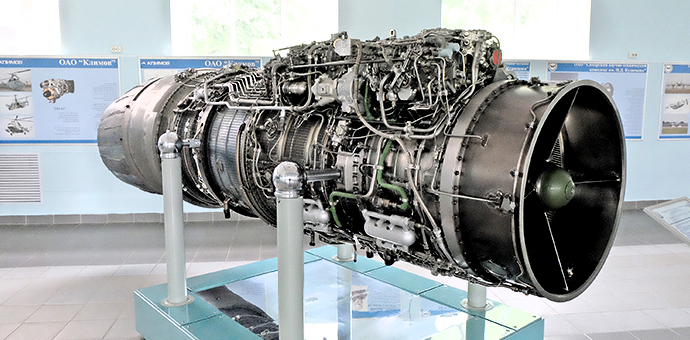Sofema Aviation Services www.sassofia.com takes a look!
Fabrication Versus Production
The term “fabrication” is to identify a restricted production under the limitations of OTAR approval.
The term “production of parts” or “manufacture” of parts is to be used in the context of Part-21 Subpart G and Subpart F (POA) for mass production.
Note: TCH messages such as a Non-Technical Objection cannot be considered as maintenance data for the purpose of parts fabrication.
Fabrication of Parts
An approved maintenance organisation may fabricate a restricted range of parts when agreed by their Territory authority through the following guidelines:
(a) Fabrication, inspection, assembly and test should be clearly within the technical and procedural capability of the approved maintenance organisation.
(b) The approved data necessary to fabricate the part are those approved or accepted by an agency as stated in OTAR Part 21.25, e.g. the TC holder, EASA Part-21 design organisation approval holder, or STC holder.
(c) Items fabricated by an approved maintenance organisation may only be used by that organisation in the course of overhaul, maintenance, modifications, or repair of aircraft or components undergoing work within its own facility. The permission to fabricate does not constitute approval for manufacture, or to supply externally for onward supply and/or sale.
(d) The approved or accepted data specified may include repair procedures involving the fabrication of parts. Where the data on such parts is sufficient to facilitate fabrication, the parts may be fabricated by an approved maintenance organisation. Care should be taken to ensure that the data include details of part numbering, dimensions, materials, processes, and any special manufacturing techniques, special raw material specification or/and incoming inspection requirement and that the approved organisation has the necessary capability.
That capability should be defined by way of maintenance organisation manual content. Where special processes or inspection procedures are defined in the approved data which are not available at the approved maintenance organisation, that organisation cannot fabricate the part unless the TC/STC holder gives an approved alternative.
(e) Examples of fabrication under the scope of an OTAR Part 145 Approval can include but are not limited to the following:
(a) fabrication of bushes, sleeves and shims,
(b) fabrication of secondary structural elements and skin panels,
(c) fabrication of control cables,
(d) fabrication of flexible and rigid pipes,
(e) fabrication of electrical cable looms and assemblies,
(f) formed or machined sheet metal panels for repairs.
(f) It is not acceptable to fabricate any item to pattern unless engineering information or drawing of the item is available or produced, which includes all necessary fabrication processes, and which is shown to be approved or accepted data.
(g) Any locally fabricated part should be subject to an inspection stage before, separately, and preferably independently from, any inspection of its installation.
The inspection should establish full compliance with the relevant manufacturing data, and the part should be unambiguously identified as fit for use by stating conformity to the approved data. Adequate records should be maintained of all such fabrication processes including heat treatment and the final inspections.
All parts, excepting those with inadequate space, should carry a part number which clearly relates it to the manufacturing/inspection data. Additional to the part number the approved maintenance organisation’s identity should be marked on the part for traceability purposes.
Next Steps
Sofema Aviation Services www.sassofia.com and Sofema Online www.sofemaonline.com provide regulatory training compliant with EASA, FAA & OTAR requirements. For details please email office@sassofia.com or online@sassofia.com




